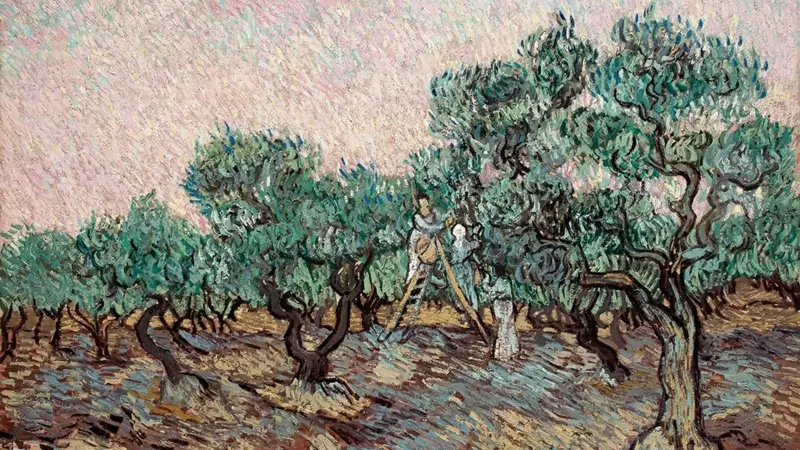
In a dramatic development rocking the art world, the prestigious Metropolitan Museum of Art in New York finds itself at the center of a legal storm. Jewish heirs have filed a lawsuit claiming that Vincent van Gogh's valuable painting 'The Olive Pickers' rightfully belongs to them, alleging the artwork was looted by Nazis during one of history's darkest periods.
The plaintiffs assert they are the legitimate heirs of Margarete Mauthner, a German-Jewish textile industrialist who was forced to sell the masterpiece under duress as Nazi persecution intensified. This case joins the growing number of restitution battles involving art allegedly stolen during the Holocaust era.
The Painting at the Heart of the Controversy
'The Olive Pickers,' created by the legendary Dutch post-impressionist painter in 1889, depicts agricultural workers harvesting olives in the French countryside. The artwork represents not just significant monetary value but also carries profound historical and emotional weight for the claimants.
According to court documents, Mauthner acquired the painting in 1913 but was compelled to sell it in 1938 as the Nazi regime tightened its grip on Germany's Jewish population. The timing of this forced sale forms the crux of the heirs' legal argument.
Museum's Acquisition Under Scrutiny
The Metropolitan Museum, one of the world's most renowned cultural institutions, obtained the Van Gogh work in 1998. The lawsuit challenges the legitimacy of this acquisition, questioning whether the museum conducted adequate provenance research before adding the painting to its permanent collection.
This case highlights the ongoing challenges museums face regarding artwork with potentially problematic ownership histories, particularly works that changed hands during the Nazi era.
Broader Implications for Art Institutions
The lawsuit against the Met represents more than just a single ownership dispute—it signals a growing trend of heirs seeking justice for art lost during World War II. As awareness increases about Nazi-looted art, museums worldwide are facing renewed scrutiny of their collections.
Legal experts suggest this case could set important precedents for how cultural institutions handle restitution claims and conduct due diligence when acquiring artworks with complex histories.
The outcome of this high-profile lawsuit may influence how museums worldwide address similar claims and could lead to increased transparency in art acquisitions and provenance research practices.
